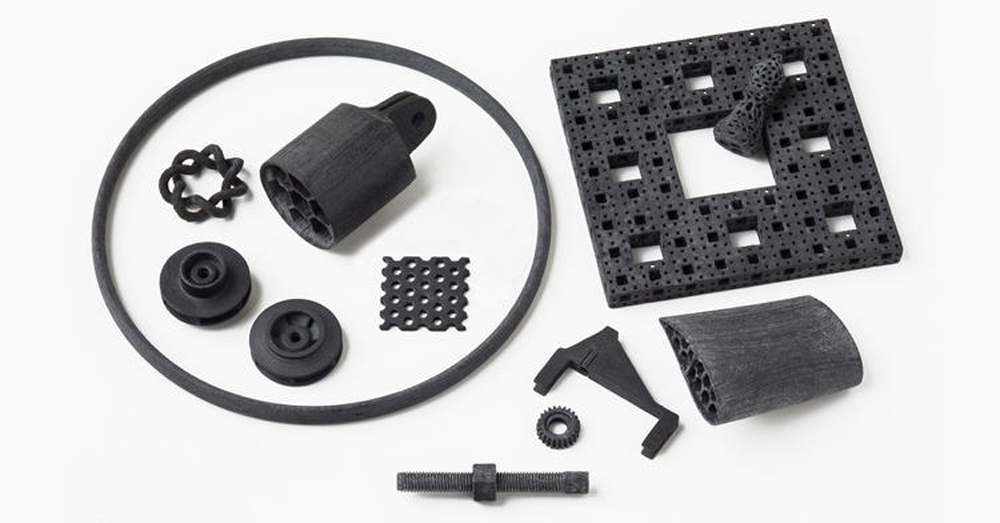While MarkForged broke new ground with the first 3D printer capable of fabricating composite materials, allowing users to reinforce nylon parts with carbon fiber to produce new geometries never before possible with traditional carbon fiber layup technology. The Massachusetts-based startup, however, is not the only one hoping to revolutionize the way we make composites. Impossible Objects has its own take on printing with materials like carbon fiber. We’ve covered the Chicago firm in the past, when they received $2.8 million in funding, but, now, the company has been more open about their composite-based additive manufacturing (CBAM) process, going into greater detail about how it works.
Unlike MarkForged’s technology, which feeds strands of continuous carbon fiber into a specialty printhead to be laid down alongside FFF nylon, Impossible Objects uses a technique that almost resembles a combination of the Selective Deposition Lamination technology of Mcor and inkjet 3D printing. A combination of additive and subtractive manufacturing, the process sees plastic inkjetted onto sheets of fabric – such as silk, polyester, Kevlar, cotton or carbon fiber – into the desired shape. The shapes are then cut out and stacked atop one another, before they are baked in an oven and fused together. Then, prints are sandblasted clean, removing excess material and revealing the final part.
At the moment, Impossible Objects is at the prototyping stage. The process is not yet at the speed or scale that the company is aiming for. And, though extrusion processes may offer advantages in terms of possible geometries, the Wall Street Journal points out that because there exist enormously large-scale inkjet printers, the technology could be scaled up to produce substantially-sized vehicle parts. This, of course, would have a huge impact on the auto industry, which relies heavily on carbon fiber to produce strong, lightweight parts.
Both MakerForged and Impossible Objects offer a completely new take on 3D printing functional objects that meet the standards of critical industrial applications. With the benefits of 3D printing composite parts having the potential to replace injection molding, I wonder if those two firms won’t be the only ones attempting to do so.




